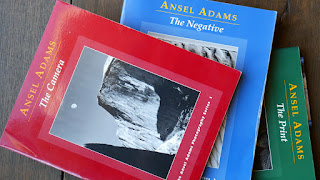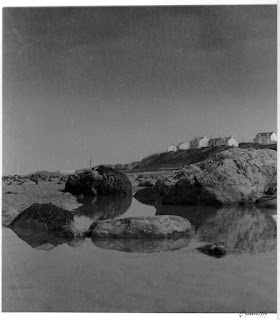
Love it or hate it Ansel Adams zone system has become the cornerstone of film exposure and printing that a lot of people cannot get their head round. I was one of those people until I made a point of sitting down many years back with a copy of what he actually wrote.
It is important to stress that when reading his method on the zone system that it comes from the source and that now a days is his volume on the Negative. This is the best place to start your understanding of the process. How do I know this? I read an abridged version of The Camera, The Negative and The Print. To my amazement some of the important parts of the method were left out which made it impossible to understand.
It was a friends encouragement that I obtain all three volumes and if I did It would improve my understanding of the relationship between the camera and the final print. He was not wrong. I ended up reading all three from cover to cover. I must admit reading the bit on the zone system left me cold. I was none the wiser from this first read. I speculated that I was producing nicely exposed negatives so what was the point.
A
year or so later I started to see a number of references to the Zone
system on the internet. Some condoning it and other condemning it.
This reignited my curiosity in trying to understand it; so I made a
loose leaf copy that I carried around with me so I could read it
whenever I got the chance and make notes.
I
cannot remember how many times I re read it or how many notes I made
to remind me what I did not understand and how that fitted in with
the rest but all of a sudden it made sense. I could work out how it
related to what the light meter was telling me.

It
made a difference to the way I metered and exposed the film it also
settled down my sometimes erratic results. I noticed that the
negatives started to be more consistent in there density which
transferred to the darkroom. The number of segmented test prints
reduced across a series of images on the same film.
It
has been more than a decade since I set out to understand the Zone
system. It will always be there in the background of my mind jumping
to the fore when I have a particularly difficultly scene to meter. In
the main, I use a sort of high bred method that gives me the style of
negatives I'm looking for.
All
I'm saying is a better understanding of where different tones and
textures appear on the tonal scale in relation to the exposure data
can only lead to better more consistent results.







